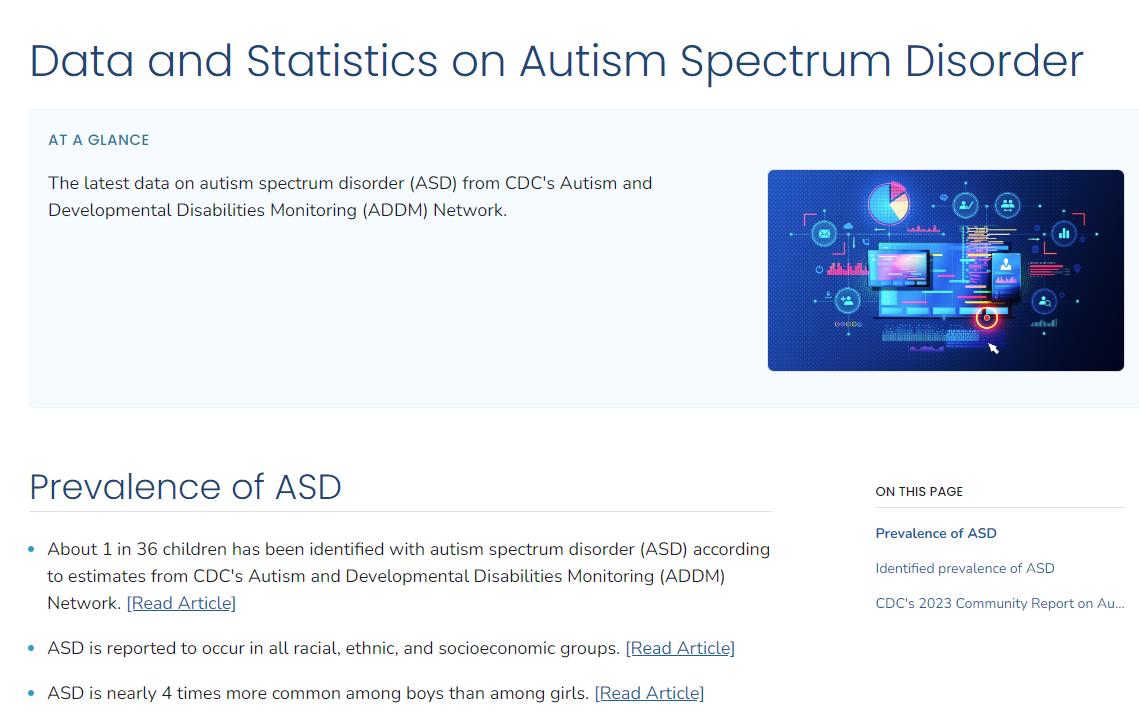
The prevalence of autism spectrum disorder (ASD) in the United States has reached alarming levels, raising serious concerns about the challenges families face in navigating this complex condition. Recent data from the CDC’s Autism and Developmental Disabilities Monitoring (ADDM) Network reveals that approximately 1 in 36 children is now identified with ASD. This striking statistic marks a dramatic increase from the rate of 1 in 150 reported just two decades ago.
The implications of this surge are profound, affecting not only the children diagnosed but also their families, educators, and healthcare systems. ASD does not discriminate; it occurs across all racial, ethnic, and socioeconomic groups, highlighting the urgent need for widespread awareness and understanding of the disorder.
However, it’s critical to note that ASD is nearly four times more common among boys than girls, raising questions about the factors contributing to this disparity. The significant rise in prevalence demands immediate attention and action from policymakers, educators, and healthcare providers to ensure that appropriate resources and support systems are in place for those affected.
Sources:
https://www.cdc.gov/autism/data-research/index.html
https://www.autismparentingmagazine.com/autism-statistics/
https://advancedautism.com/statistics-spotlight-how-many-people-have-autism-in-2024/